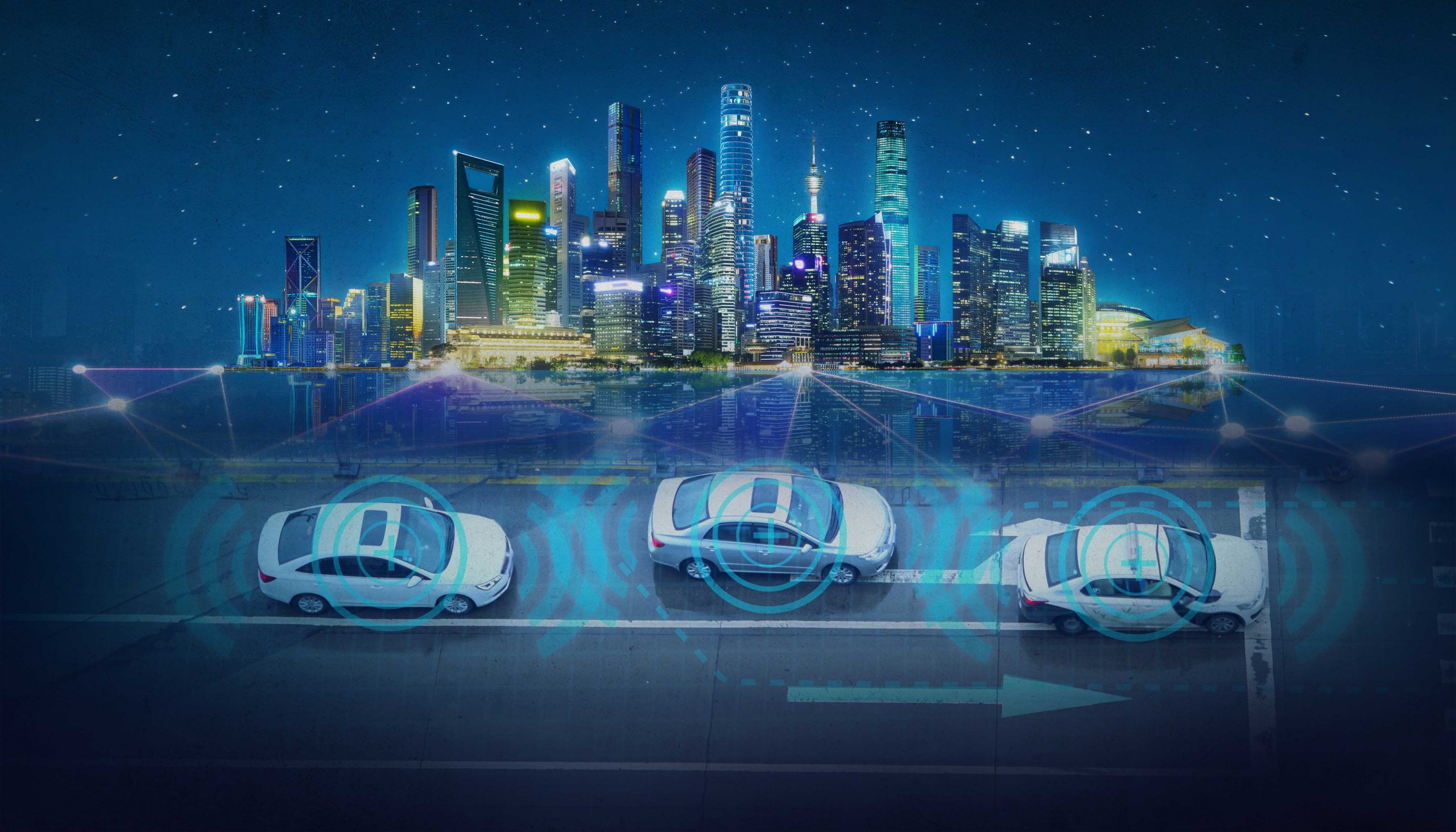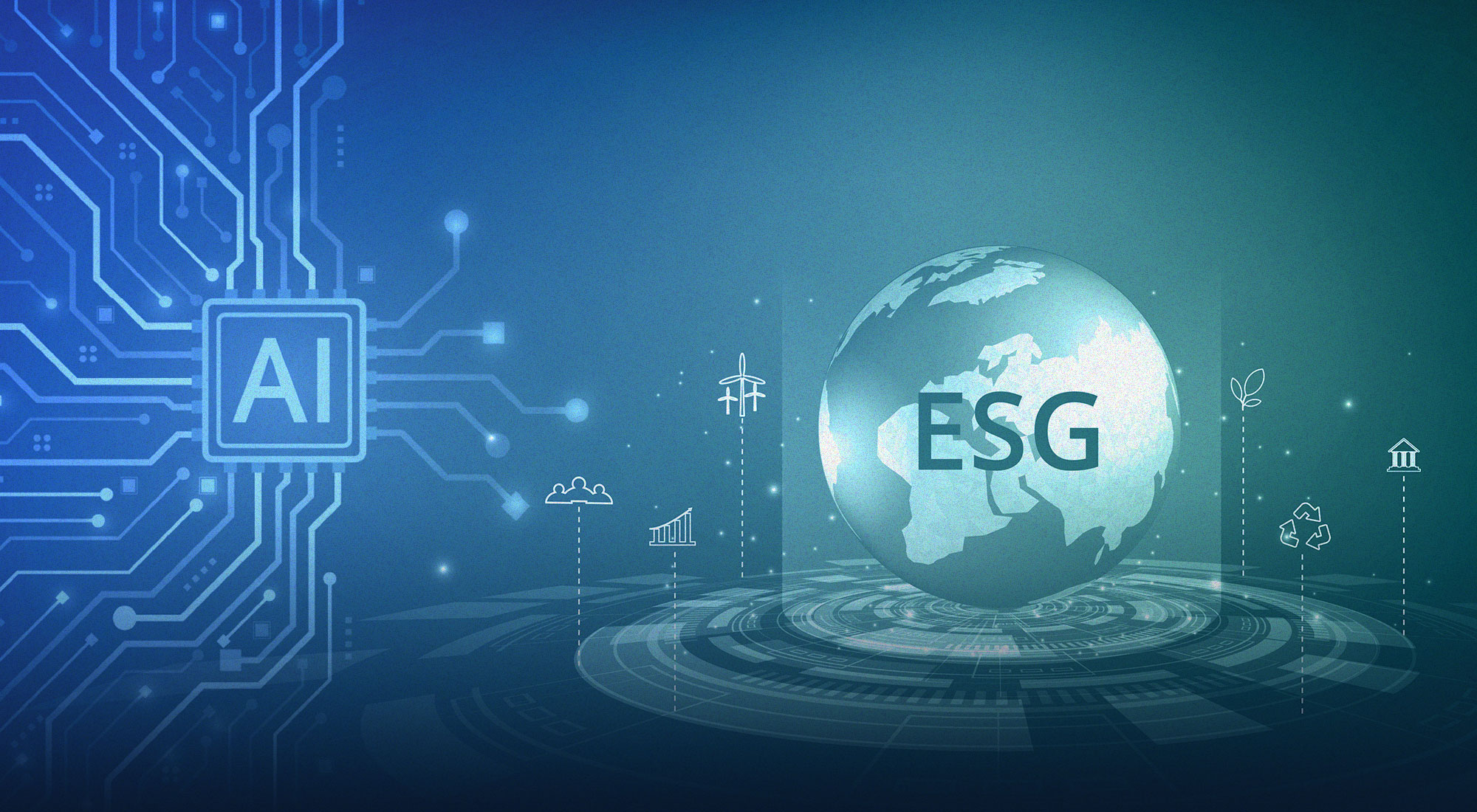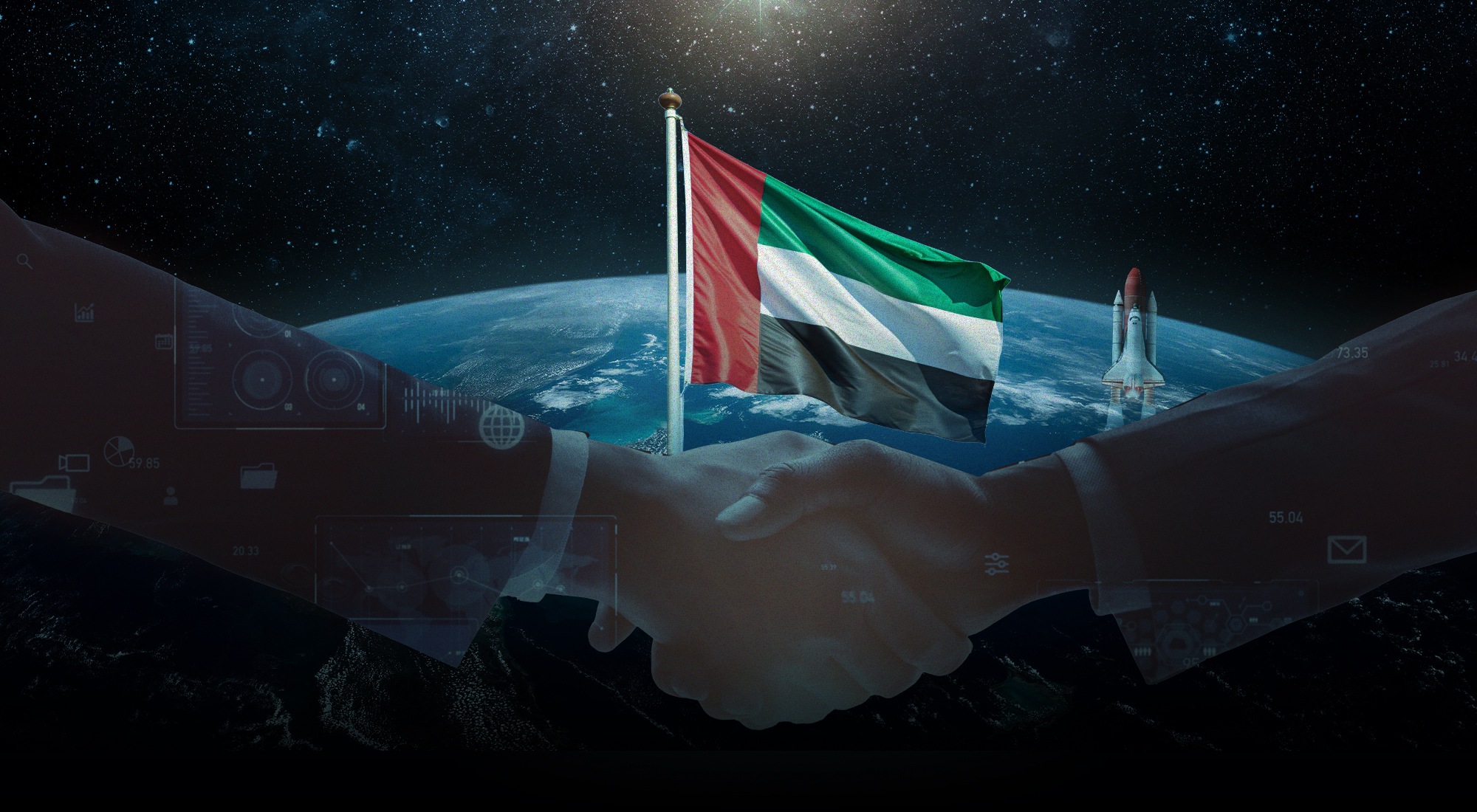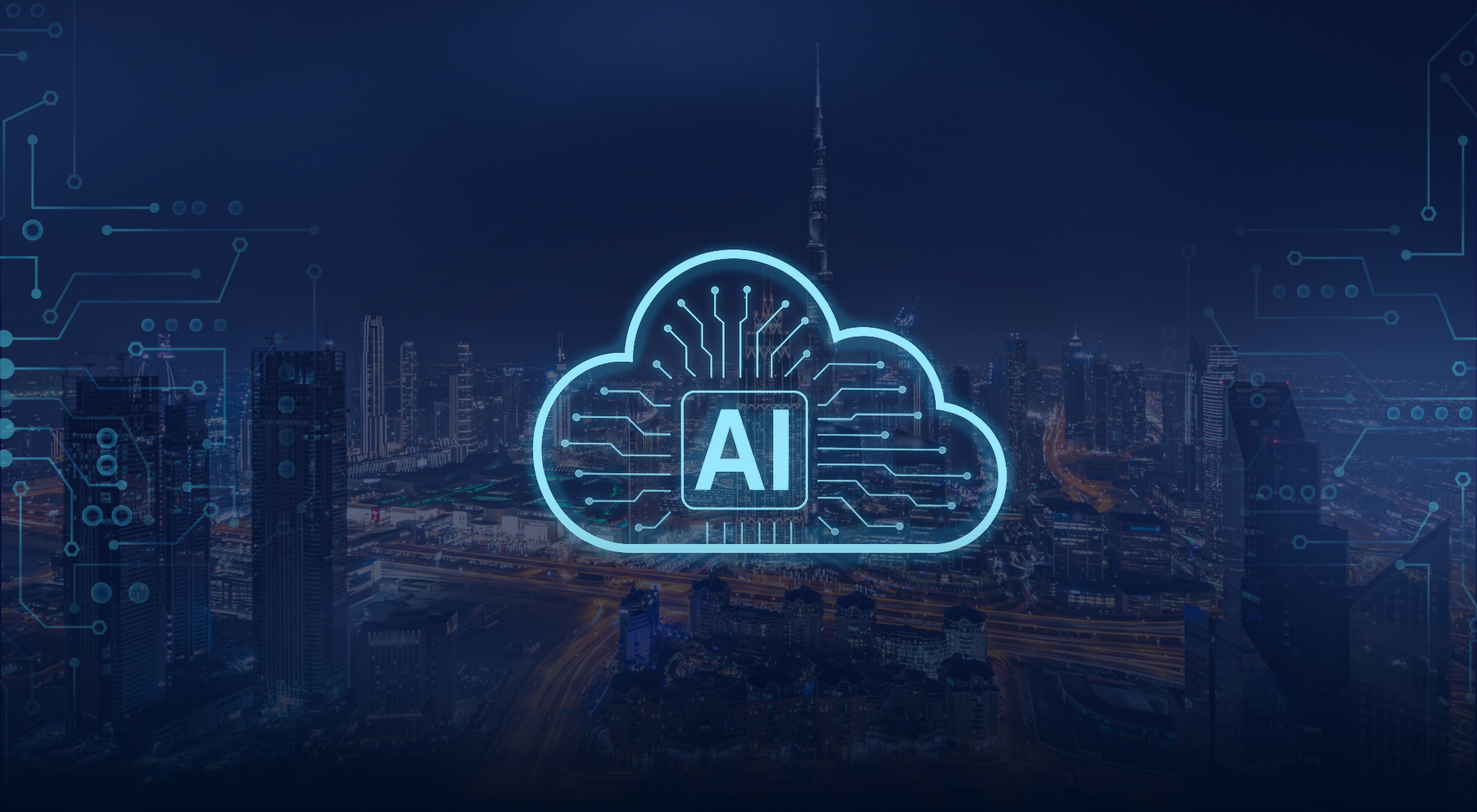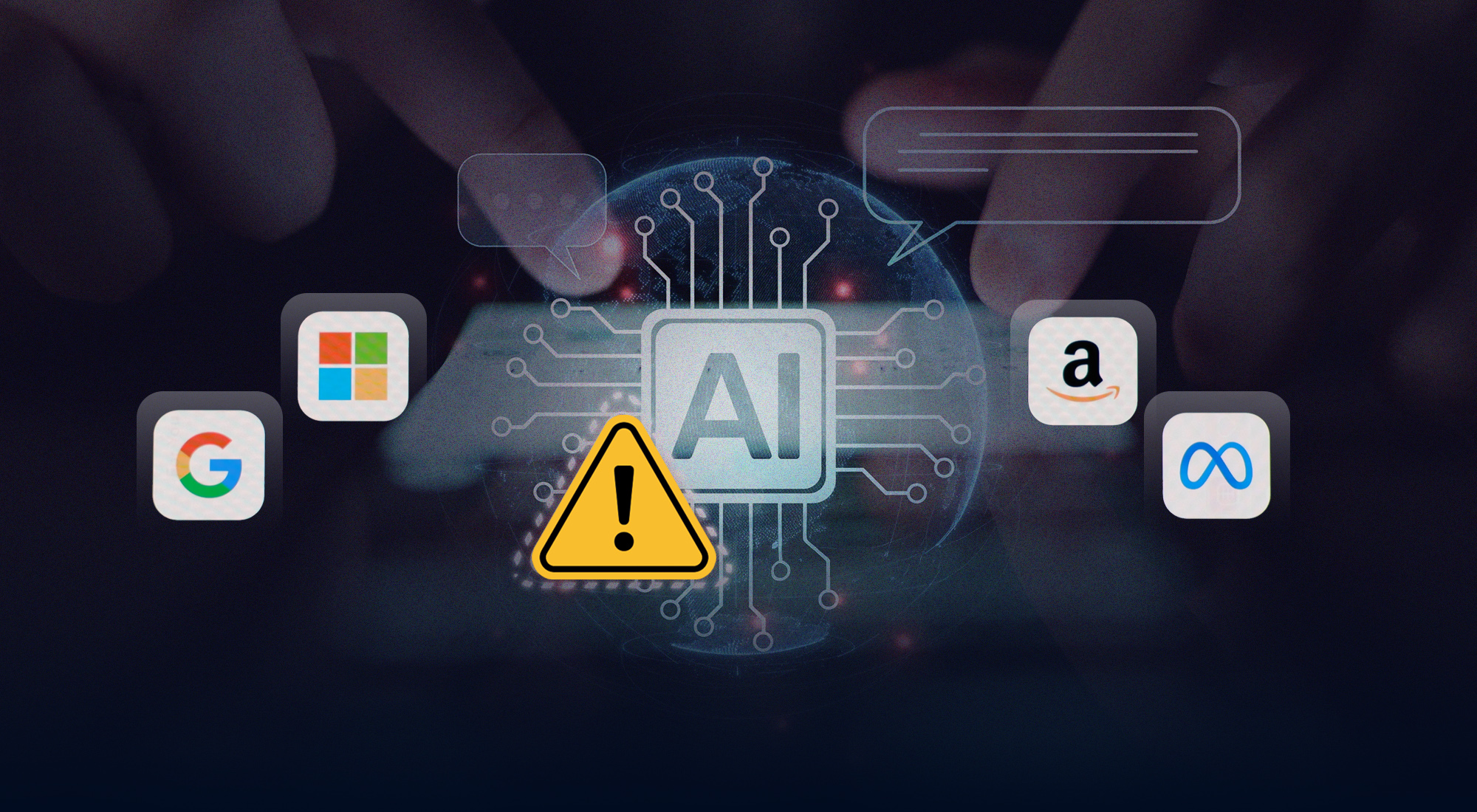As cities around the world grow in population and complexity, the challenges associated with urban mobility and climate change become more pressing. Transportation is a major contributor to urban greenhouse gas (GHG) emissions, making it a critical area of focus for sustainability initiatives. With the emergence of Artificial Intelligence (AI), cities have an unprecedented opportunity to transform their traffic management systems into intelligent, adaptive networks capable of supporting carbon-neutral goals. AI-integrated smart traffic systems offer dynamic solutions to longstanding issues like congestion, inefficiency, and pollution. By leveraging real-time data, predictive analytics, and advanced machine learning models, these systems can revolutionize how urban transportation is planned, operated, and experienced.
At the heart of AI-integrated traffic systems lies the seamless collection and analysis of vast amounts of data. Cities are increasingly deploying Internet of Things (IoT) sensors, cameras, GPS-enabled vehicles, and mobile applications to gather real-time information on traffic flow, vehicle speeds, pedestrian movement, and environmental conditions. This data is transmitted over high-speed networks such as 5G and fiber optics to centralized or edge computing platforms. Here, AI algorithms process the data to identify patterns, predict traffic conditions, detect anomalies such as accidents or road closures, and make informed decisions in real time. This continuous feedback loop enables a level of responsiveness and efficiency that traditional traffic management systems cannot achieve.
Traffic Signal Control
One of the most impactful applications of AI in urban mobility is adaptive traffic signal control. Using reinforcement learning and predictive modeling, AI systems can dynamically adjust signal timings to accommodate changing traffic volumes, reduce idle times at intersections, and facilitate smoother traffic flow. These adjustments lead to a significant reduction in fuel consumption and vehicular emissions. In cities like Singapore and Los Angeles, AI-based traffic signal systems have already demonstrated substantial improvements in travel times and air quality.[1,2] AI also enables eco-routing, where drivers are guided along routes that minimize energy consumption and emissions based on real-time traffic and environmental data. By integrating public transportation, cycling, and walking data into the system, cities can further promote sustainable travel modes and reduce reliance on private vehicles.
Beyond traffic lights and routing, AI plays a pivotal role in incident detection and response. Computer vision and machine learning algorithms can analyze video feeds from surveillance cameras to spot accidents, stalled vehicles, or unusual traffic patterns. These insights allow traffic management centers to deploy emergency services more rapidly and reroute traffic to prevent bottlenecks. Additionally, predictive analytics can identify high-risk zones based on historical data, enabling preventive measures such as speed regulation or infrastructure upgrades. In the long term, such capabilities not only enhance urban mobility but also contribute to public safety and resilience.
The architecture of AI-integrated traffic systems is typically structured into four layers: sensing, networking, processing, and control. The sensing layer includes devices such as LIDAR, inductive loops, and environmental sensors that capture real-time data. The networking layer ensures rapid and secure transmission of this data to the processing layer, where edge and cloud computing platforms run AI models for traffic forecasting, optimization, and anomaly detection. Finally, the control layer executes the decisions through traffic signals, digital signage, and route guidance systems. Cities like Hangzhou, China, have implemented such multi-layered systems through projects like Alibaba’s City Brain, which has led to a notable reduction in congestion and pollution.[3,4] Simulation tools like FLOW and SUMO further support these systems by enabling planners to model traffic scenarios and evaluate the impact of AI strategies before implementation.
Environmental Benefits
Empirical studies and case examples from around the globe underscore the environmental and operational benefits of AI-powered traffic management. In Beijing, a deep reinforcement learning-based traffic system achieved a 25% reduction in CO2 emissions during peak hours.[5] Singapore’s adaptive traffic lights reduced intersection delays by 22%, contributing to a measurable decrease in vehicle emissions.[1] In Europe, AI-based route optimization for public buses improved fuel efficiency by 12%,[2, 6] showcasing the potential of intelligent systems to enhance both environmental outcomes and service quality. These successes are not limited to megacities; smaller urban centers such as Copenhagen have adopted AI to optimize energy distribution and support local transportation networks, proving that city size is not a barrier to innovation.
Dubai has also embraced AI-driven traffic solutions as part of its broader smart city strategy. The city’s Roads and Transport Authority (RTA) has implemented several intelligent systems, including AI-based traffic light optimization, predictive maintenance for public transportation, and autonomous vehicle trials. The RTA’s Integrated Mobility Platform consolidates data from multiple sources to provide real-time route suggestions and transit updates. These efforts are part of Dubai’s goal to automate 25% of all transport by 2030 and significantly cut transport-related emissions. Dubai’s AI-powered metro systems and smart parking management further demonstrate how digital transformation is being harnessed to create an efficient, low-carbon urban mobility ecosystem.[7]
While the technical potential of AI-integrated traffic systems is clear, successful implementation depends heavily on supportive policy and planning frameworks. Cities aiming to meet international climate targets must embed these systems within broader sustainability strategies. This includes establishing open data standards to facilitate interoperability among agencies and technology providers, encouraging public-private partnerships to fund digital infrastructure, and aligning smart mobility initiatives with electric vehicle adoption and renewable energy integration. Ethical considerations are also paramount. Ensuring data privacy, algorithmic fairness, and inclusivity in system design will help build public trust and prevent the exacerbation of existing inequalities in mobility access.
In parallel with policy development, public engagement and awareness campaigns are essential to drive behavioral change and ensure widespread adoption. Educating residents about the benefits of AI-powered traffic systems and promoting the use of real-time travel information tools can foster a culture of sustainable mobility. Also, the integration of AI into city planning should be guided by transparent governance models and continuous stakeholder input, including voices from marginalized communities. As AI technologies evolve, cities must also invest in workforce development and training to build local capacity for system maintenance and innovation.
Future of Urban Mobility
AI-integrated smart traffic systems are poised to become the backbone of next-generation urban mobility. The rise of autonomous vehicles, digital twins, and decentralized energy systems will further expand the scope and capabilities of AI in city management. Autonomous vehicles equipped with AI will communicate with traffic systems to coordinate movement, reduce accidents, and enhance traffic flow. Digital twins—virtual replicas of city infrastructure—will allow planners to simulate the effects of new policies, construction projects, or emergencies in real time.
These advancements will require robust cybersecurity frameworks to protect data and infrastructure from malicious threats. In addition to optimizing road traffic, AI is now transforming public transportation systems to be more responsive and sustainable. Predictive analytics enables dynamic bus routing, demand-based scheduling, and real-time passenger information systems. This minimizes wait times and helps commuters shift from personal vehicles to mass transit, a key step toward carbon-neutral goals. For example, cities like Helsinki and Zurich use AI to balance fleet deployment with real-time demand, enhancing efficiency while reducing emissions.
Autonomous vehicles (AVs) are emerging as another pivotal force in sustainable mobility. These vehicles can communicate with smart traffic systems and other AVs, ensuring smoother traffic flow and reduced fuel consumption. By optimizing acceleration and braking, AVs decrease energy use and emissions. Moreover, they support ride-sharing models, reducing the total number of vehicles on the road. Cities like Phoenix and Pittsburgh in the United States are piloting AV programs that connect with urban traffic systems to test real-time coordination, emergency routing, and eco-routing capabilities.
AI also plays a growing role in data-driven urban planning. City planners are using AI-powered simulation tools and digital twins to assess the environmental impact of new infrastructure, redesign urban spaces for walkability, and optimize transit hub placement. By analyzing traffic patterns, environmental data, and demographic trends, planners can prioritize the development of bike lanes, EV charging stations, and pedestrian-friendly zones. These smart planning strategies ensure that AI-integrated traffic systems are embedded in broader visions of equitable and sustainable urban living.
Beyond passenger transport, AI is streamlining urban logistics—a sector that contributes heavily to urban emissions. AI tools optimize delivery routes, load balancing, and fleet utilization to reduce the number of delivery trucks and overall fuel consumption. Companies like DHL and UPS have deployed AI to shorten delivery windows, minimize idle time, and forecast demand more accurately. Smart logistics integrated into citywide traffic systems can improve air quality and reduce road congestion, especially in densely populated areas. The integration of AI with emerging technologies like digital twins, edge computing, and decentralized energy systems is set to transform urban mobility. Cities may soon rely on autonomous shuttles coordinated by AI platforms, while citizens use personalized travel apps that suggest low-emission multimodal journeys—combining bikes, trains, walking, and ride-shares. The rise of connected infrastructure will require robust cybersecurity frameworks and policies that ensure transparency, inclusivity, and data privacy.
The UAE’s Vision for AI-Powered Sustainable Mobility
The UAE stands out globally for its ambitious smart mobility vision aligned with the country’s broader strategy to reduce carbon emissions and become a world leader in smart city innovation. Across the nation, key emirates like Abu Dhabi and Dubai have implemented comprehensive AI-based transportation systems under the leadership of their respective transport authorities.
In Abu Dhabi, the Integrated Transport Centre (ITC) oversees the development and implementation of smart mobility systems. The city has launched several initiatives focused on AI-enhanced traffic management, smart parking, and multimodal integration. For example, Abu Dhabi’s “Darb” smart mobility platform provides real-time traffic updates, parking availability, and public transport schedules, helping residents plan low-emission routes more efficiently. Abu Dhabi continues to expand the Darb’s capabilities, aiming to unify various transport services across the capital into a seamless, user-centric digital platform. The ITC has also adopted AI-powered surveillance and control systems for traffic flow optimization and incident response.
Meanwhile, Dubai’s Roads and Transport Authority (RTA) has implemented a robust suite of AI-based solutions to streamline traffic, improve safety, and reduce environmental impact. One of the UAE’s most notable initiatives is its AI-based traffic signal optimization system,[9] which dynamically adjusts signal timings based on real-time traffic data collected from sensors, cameras, and vehicle tracking systems. According to the RTA, this system has already reduced travel time on certain corridors by up to 15%, contributing to measurable declines in vehicle emissions. The UAE’s Integrated Mobility Platform (S’hail), developed by the RTA, aggregates data from multiple transportation modes—including metro, buses, taxis, and e-scooters—offering real-time travel suggestions that prioritize speed, cost, and sustainability.
Both Abu Dhabi and Dubai have launched predictive maintenance programs for their public transportation fleets. Using machine learning algorithms, agencies can forecast mechanical issues before they occur, preventing breakdowns and optimizing fuel efficiency. This proactive approach not only improves service reliability but also reduces operational emissions.
The UAE has also embraced autonomous vehicle testing in both Dubai and Abu Dhabi, with a national goal to automate 25% of all transport by 2030. Trials with self-driving shuttles and taxis are being conducted in designated smart zones such as Abu Dhabi’s Yas Island and Dubai Silicon Oasis. These AVs use AI for navigation, obstacle detection, and interaction with smart traffic systems. As these systems scale up, they are expected to significantly reduce the country’s transportation-related carbon emissions.
Additionally, smart parking systems using AI to guide drivers to available spaces have been deployed in both cities, reducing traffic congestion caused by idling and circling vehicles. These systems enhance urban efficiency while contributing to cleaner air quality. Together, Abu Dhabi and Dubai showcase how a unified national strategy—implemented through localized innovation—can create a model for AI-driven, sustainable urban mobility. The UAE’s experience demonstrates that bold leadership, strategic planning, and technology investment can rapidly transform mobility landscapes to align with climate goals and quality-of-life improvements.
Conclusion
AI-driven traffic systems are not just technological upgrades—they are foundational elements of a new urban paradigm centered on sustainability, resilience, and intelligent design. Their integration marks a shift from reactive to proactive city management, where data informs decisions and innovation drives progress. As climate goals become more urgent and urban populations continue to rise, the widespread adoption of AI-integrated smart traffic systems will be indispensable in building the carbon-neutral cities of the future.
References
- Tan, R., Lee, K., and Koh, E., “Adaptive traffic lights for smart cities: AI-based control strategies,” Smart Cities Journal 6, no. 2 (2021): 201-218.
- Davidson, C., and Ferreira, L., “Smart transit and emission reduction via AI route optimization,” Journal of Urban Mobility 15 (2022): 100-112.
- Ajuntament de Barcelona, “Smart Traffic Management in Barcelona,” Barcelona City Council (2022).
- IPCC, Climate Change 2022: Mitigation of Climate Change, Intergovernmental Panel on Climate Change, (2022), https://www.ipcc.ch.
- Zhang, Y., et al., “Adaptive Traffic Signal Control: A Review of Recent Advances,” IEEE Transactions on Intelligent Transportation Systems 22, no. 4 (2021): 2150-2165.
- IEA, “CO2 Emissions in 2023,” International Energy Agency, 2023, https://www.iea.org.
- RTA Dubai, “Smart Mobility and AI in Transportation,” Roads and Transport Authority, 2023, https://www.rta.ae.
- “The role of AI and smart technology in sustainable transport,” Innovation News Network, 2025, Retrieved from: https://www.innovationnewsnetwork.com/the-role-of-ai-and-smart-technology-in-sustainable-transport/56412/.
- RTA Dubai, “AI Traffic Signal Optimization and S’hail Mobility Platform,” Roads and Transport Authority, 2024, https://www.rta.ae.



